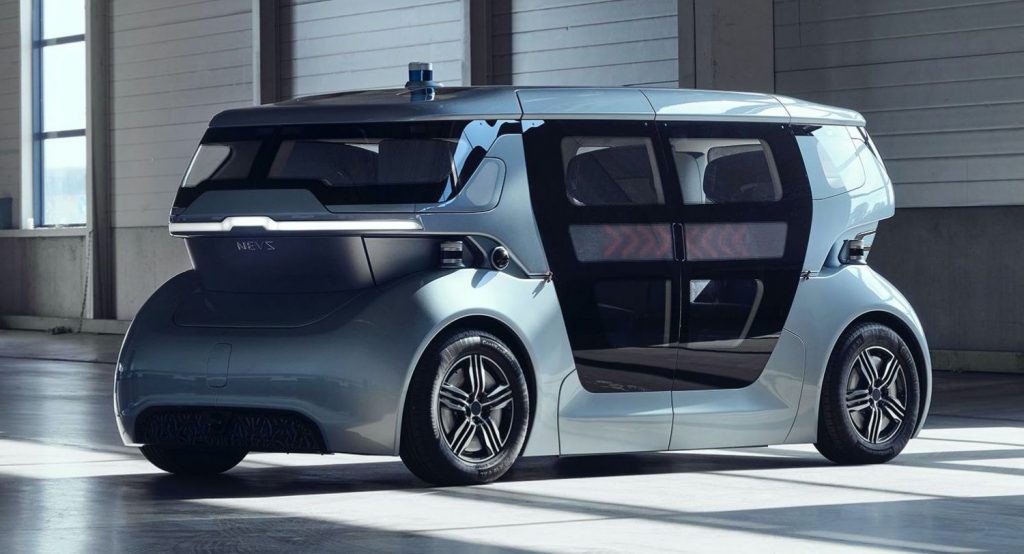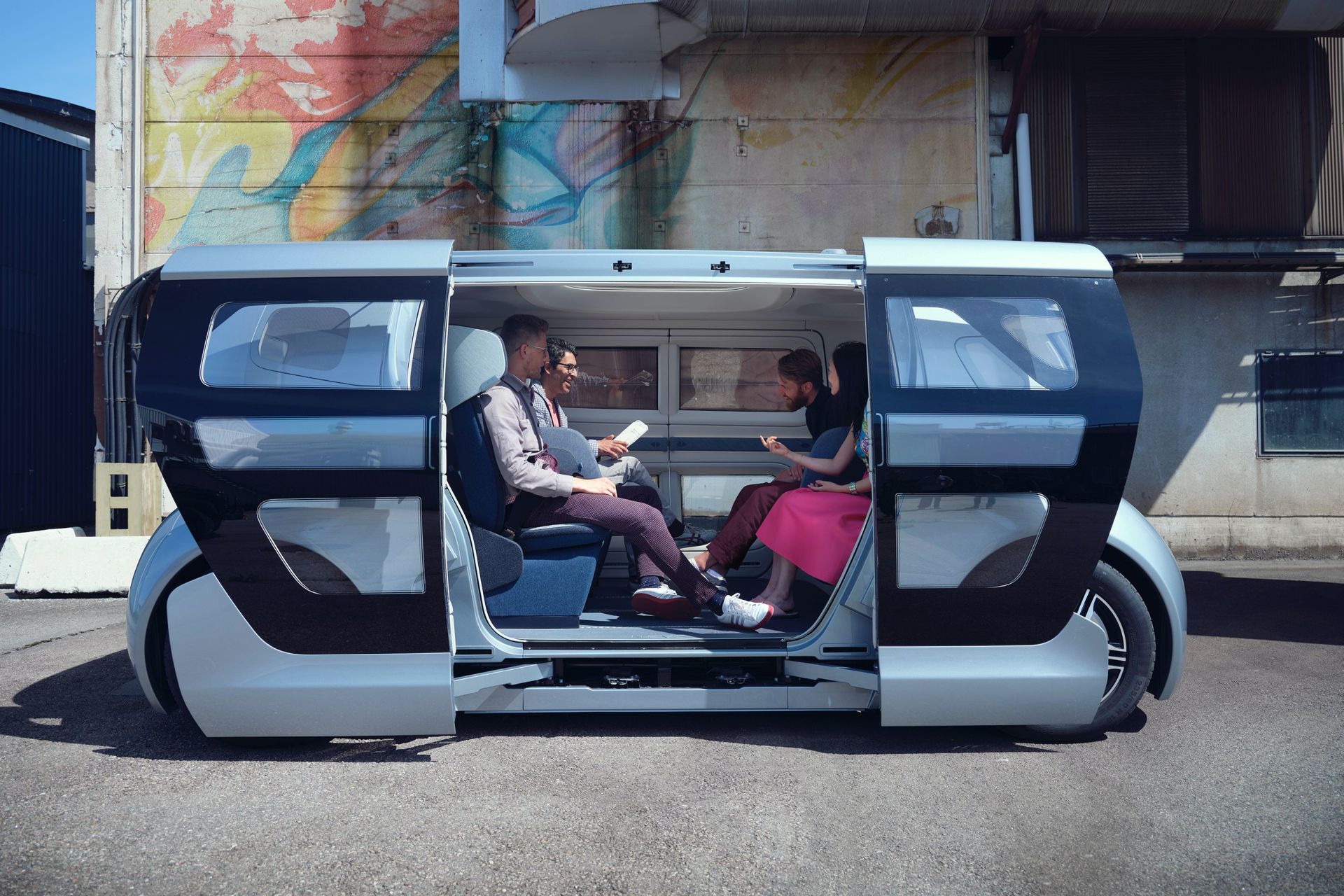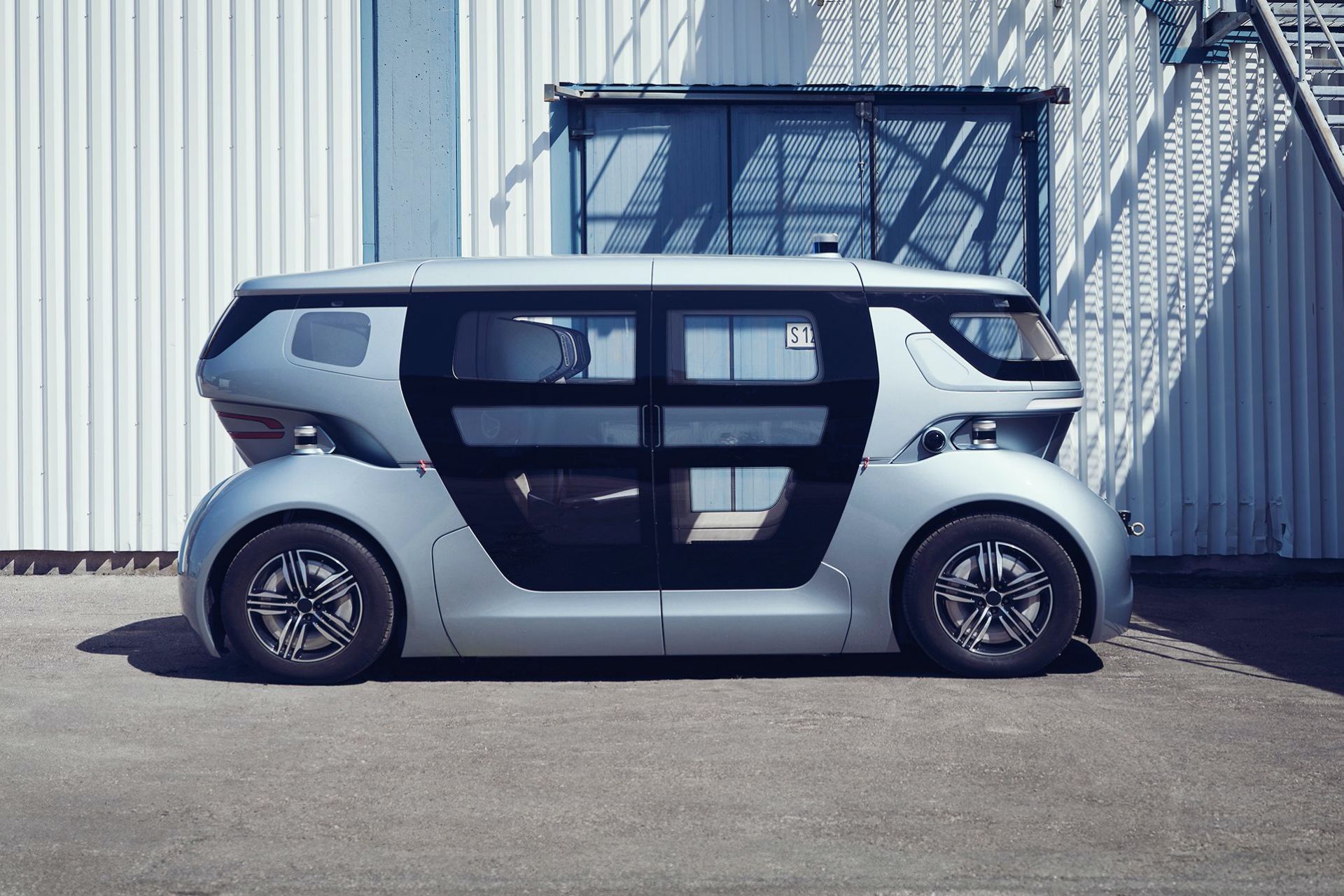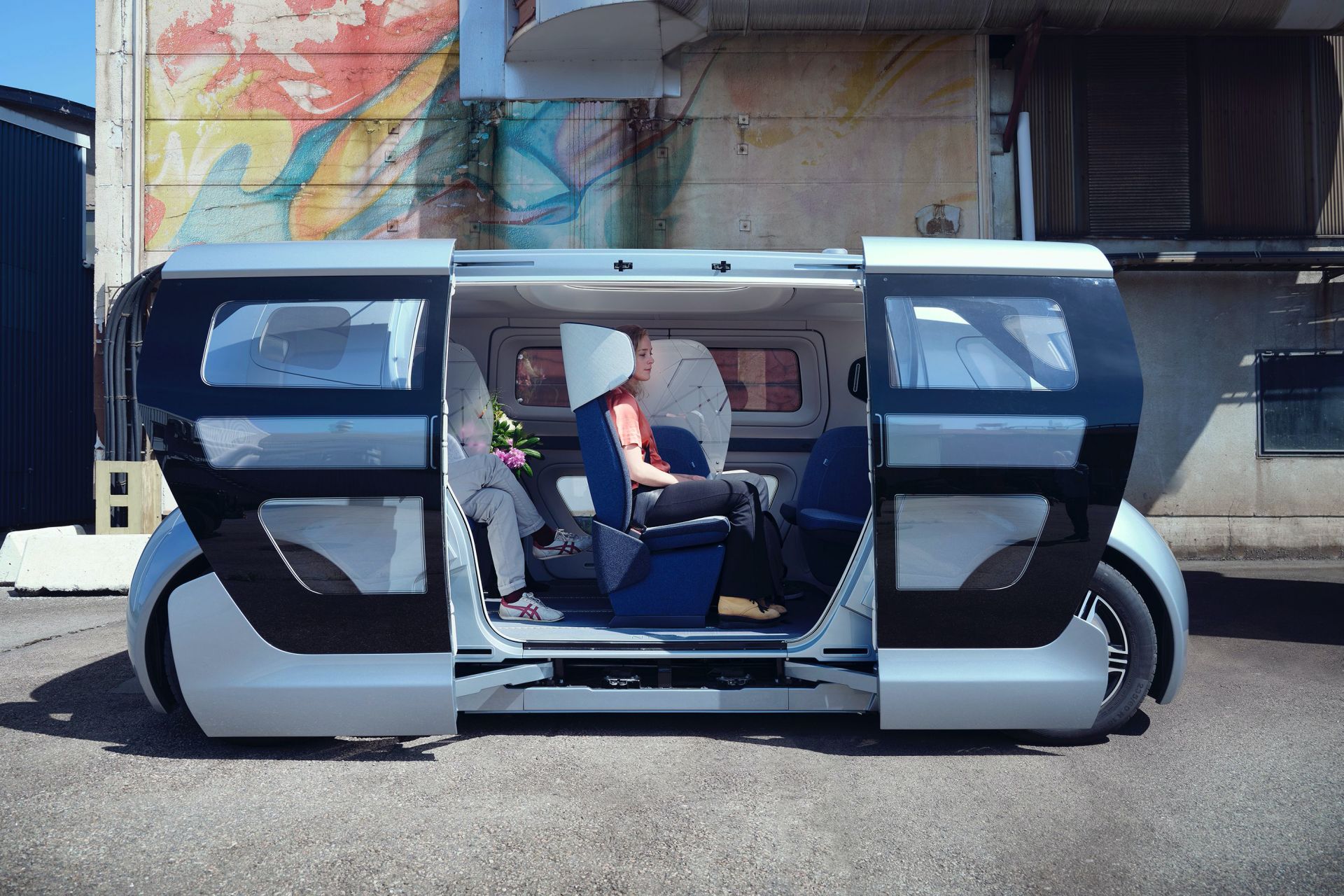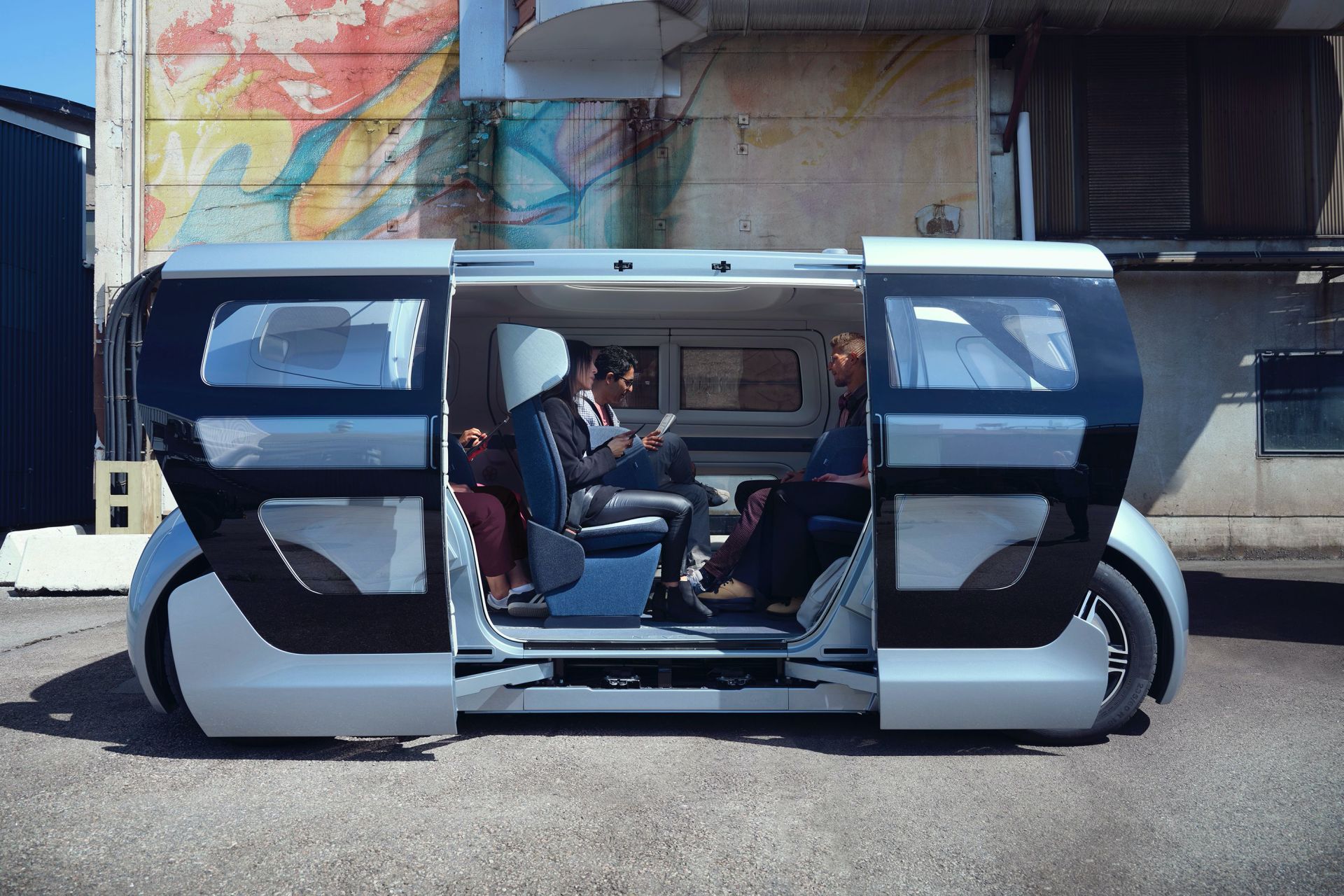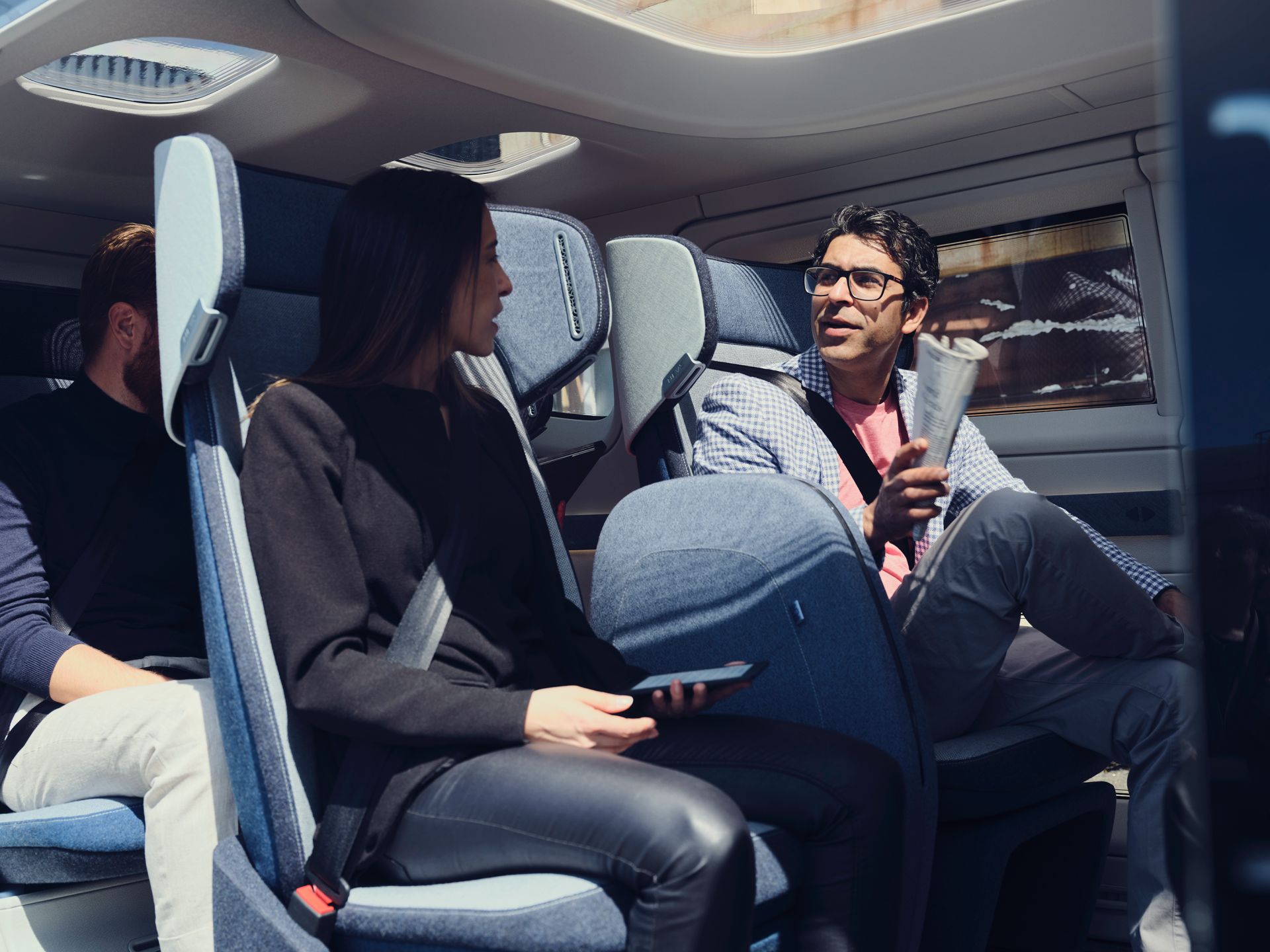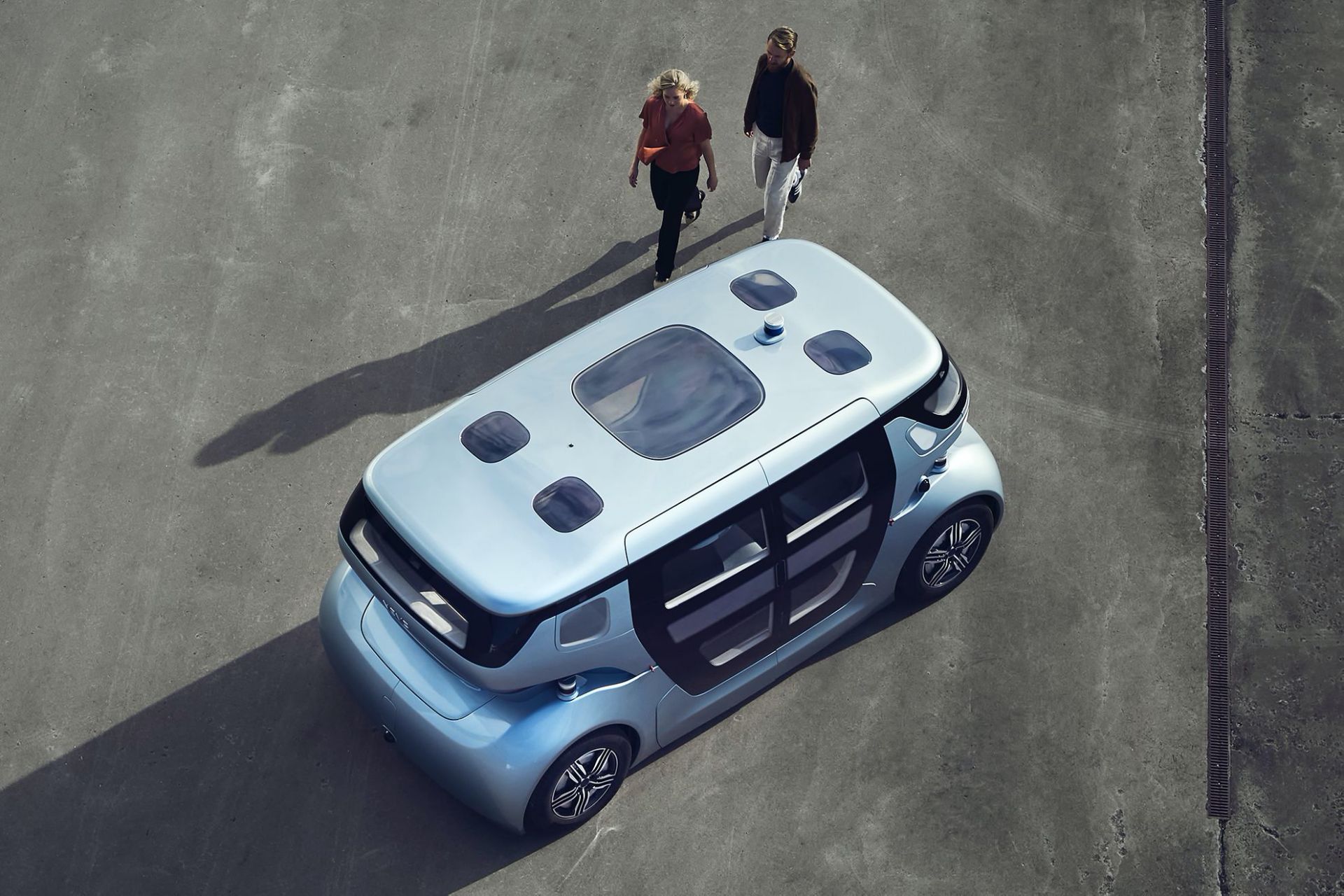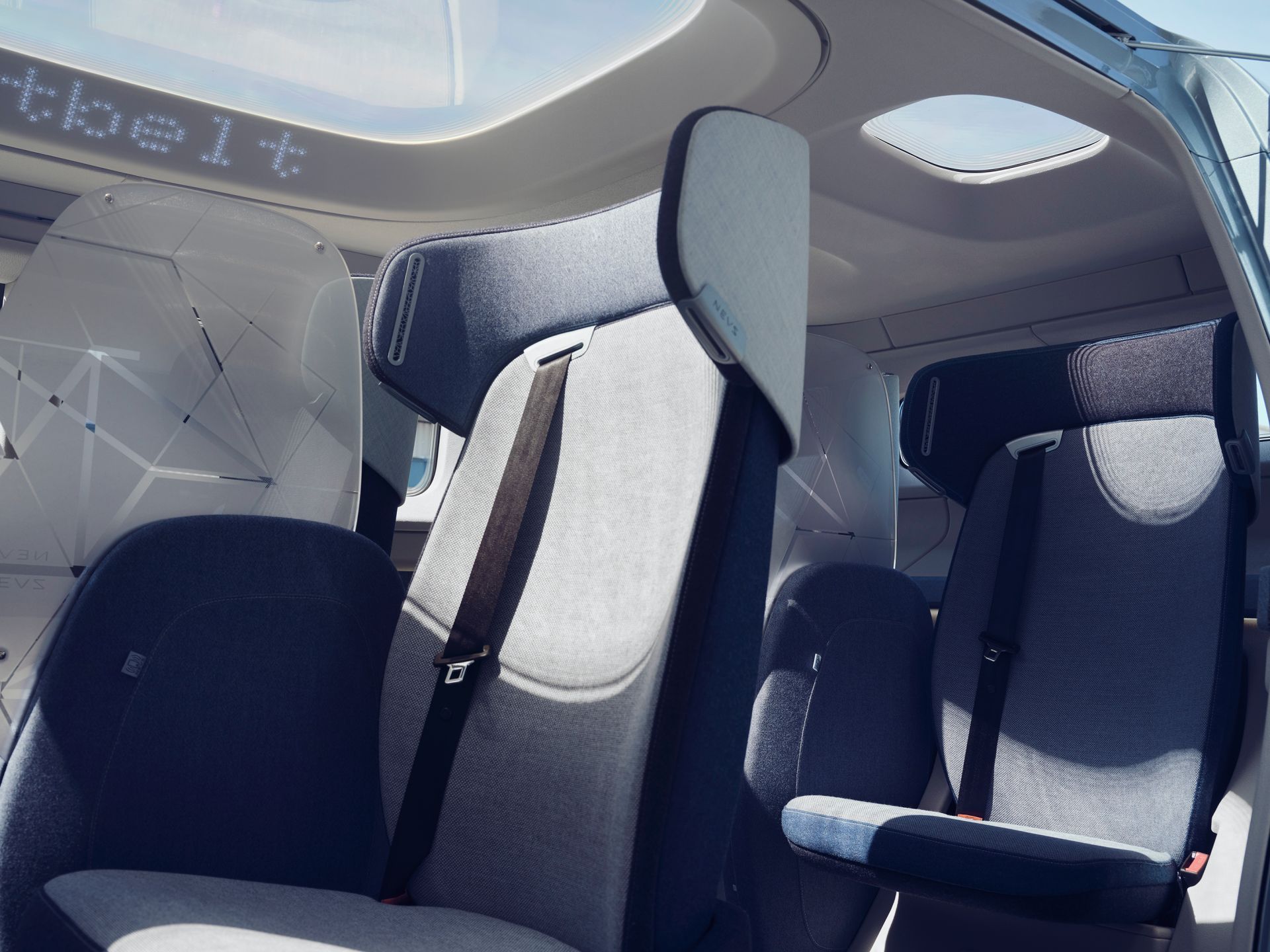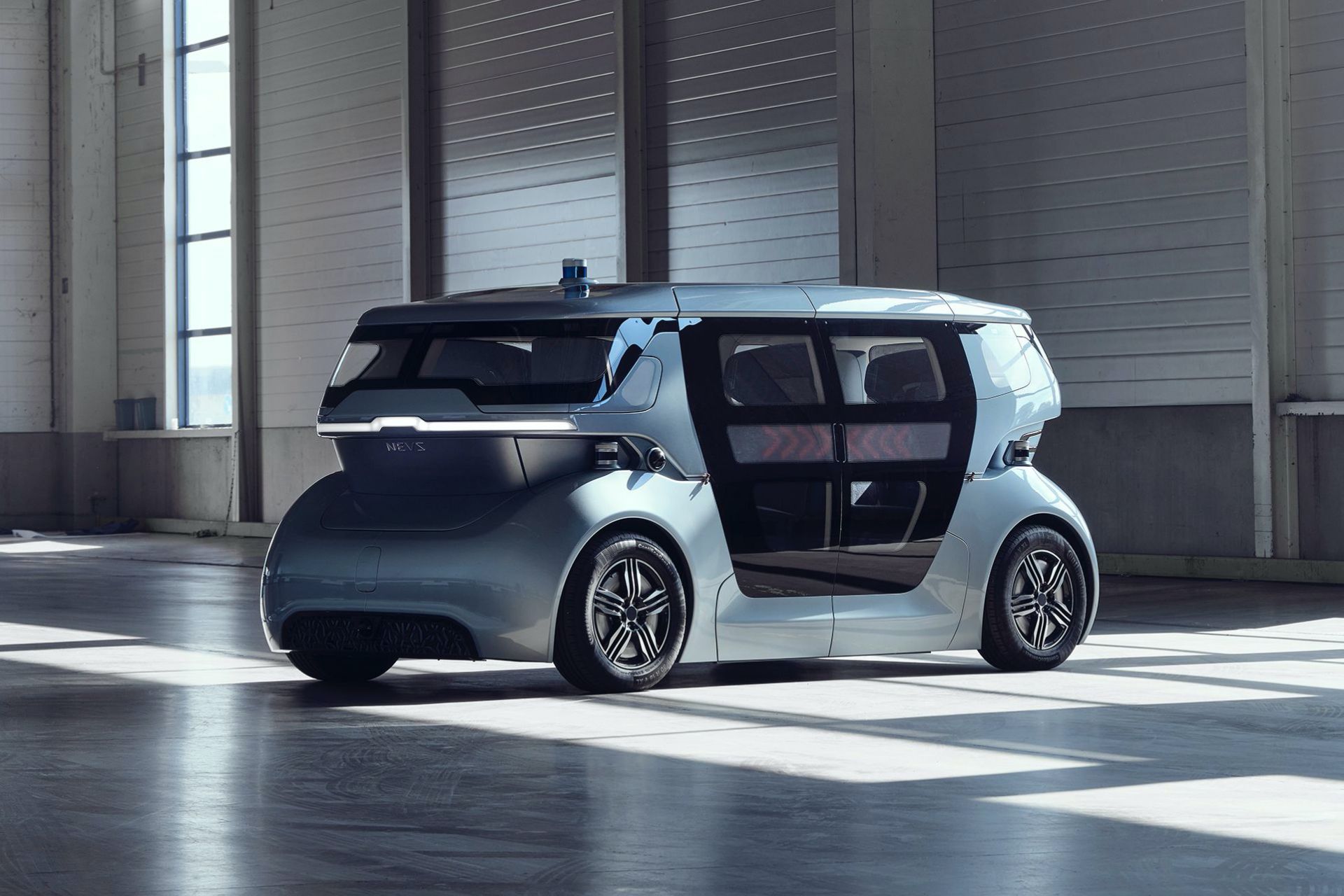National Electric Vehicle Sweden, or NEVS as it’s better known to Saab enthusiasts, presents its new mobility ecosystem called PONS.
The name designates the first generation of NEVS autonomous vehicles with a connected user interface, which the company believes could become the mobility solution for smart and sustainable cities.
According to NEVS, owned by China’s Evergrande Group, there are currently 1.3 billion cars in the world but they are used only five percent of the time. The company believes cars should be used more efficiently and the way to do that is via the widespread adoption of autonomous vehicles.
See Also: Saab 9-3 Comes Alive In EV Form As NEVS Begins Production In China
“Getting from A to B with self-driving electric vehicles is not as far off as perhaps the car industry is implying. The era of one person per car and the era of owning a car, are soon things of the past. A new era is coming, where cars are optimized for city mobility and better quality of life for the individual,” says Anna Haupt, VP Mobility Solutions at NEVS.
At the center of NEVS’ PONS ecosystem lies the Sango self-driving vehicle, which is ready to be integrated with any of the self-driving software systems available. For the Sweden launch, NEVS has partnered with AutoX, a leading L4 autonomous driving technology company based in Silicon Valley and Shenzhen which will supply its AI Driver.
To be fit for shared use, Sango features a flexible interior which meets differing travel needs with three settings – private, social and family. Depending on the selected setting, up to six people can travel in the vehicle.
Sango has six movable seats arranged on three rows and is fitted with privacy walls that can be raised and lowered. When raised, the cabin is divided into four smaller areas for private journeys for up to four people. The social setting lowers the dividing walls to allow four people to travel together facing each other. In family setting, up to six people seated in three rows, can travel comfortably together.
Besides the Sango vehicle, the PONS mobility system also includes a user interface in the form of an app and a fleet management system to monitor and optimize the fleet of vehicles operating throughout the city.
The next step for the Sango self-driving vehicle is a pilot program in Stockholm where a fleet of around ten robotaxis will be used by the public. The first Sango prototype is currently being test-driven at the NEVS’ site in Trollhättan together with functional tests of the PONS mobility ecosystem.



